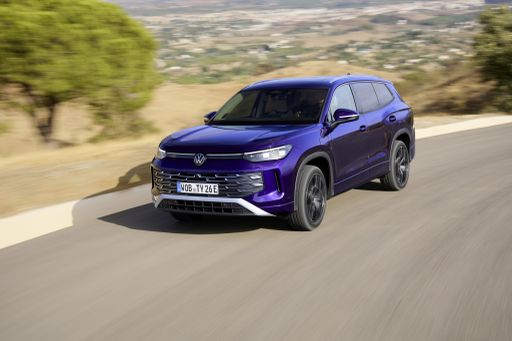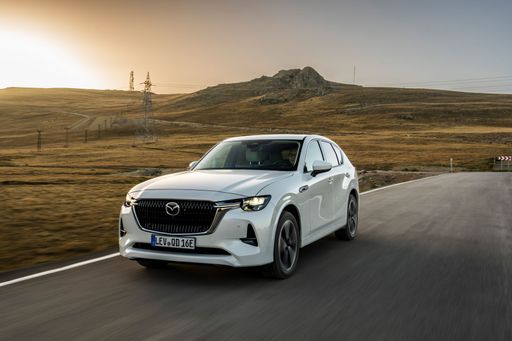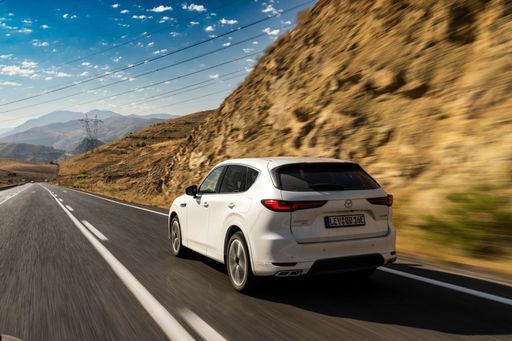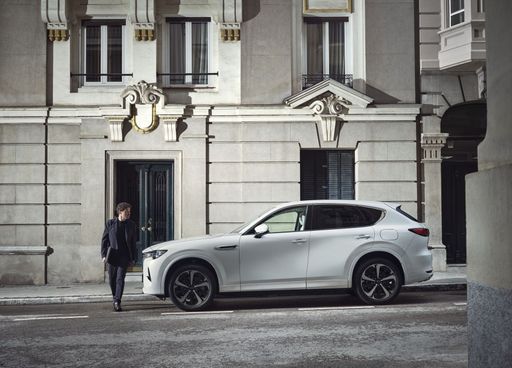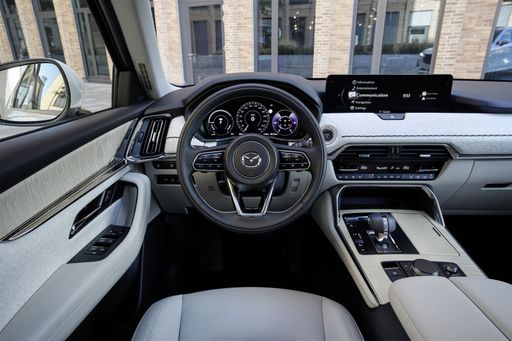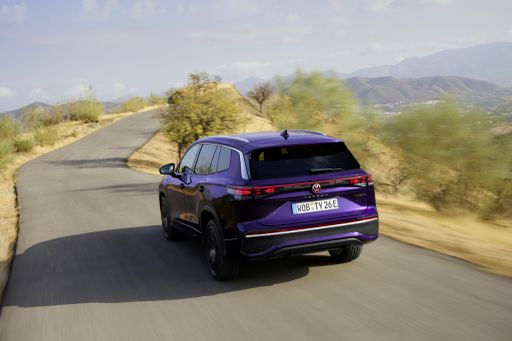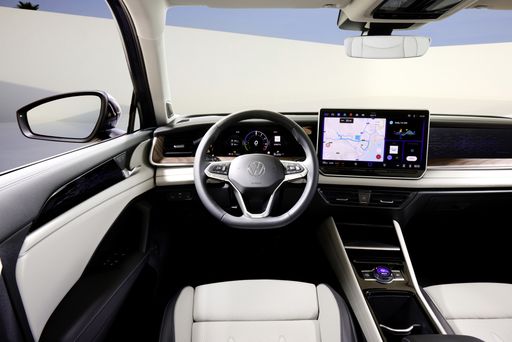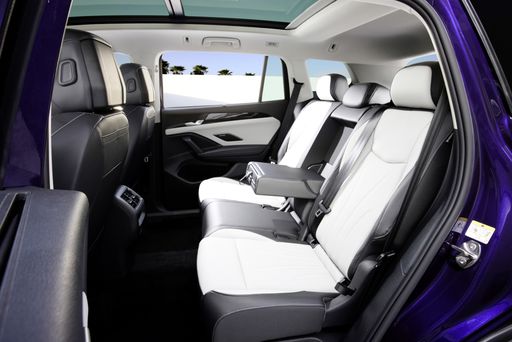Design that wears its mood on the grille
The Mazda wears a sculpted, almost athletic stance that leans into emotional styling, while the VW opts for a more restrained, composed presence that will age quietly. Inside, materials and finishing speak different languages: one plays the character card with tactile details, the other bets on familiar, clean lines and pragmatic surfaces. Both carry themselves with confidence, so your choice will say more about your personality than about function.

